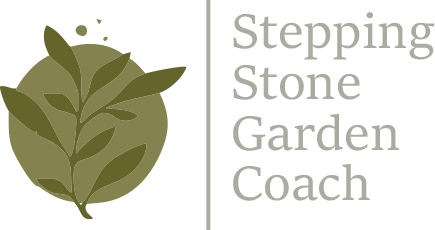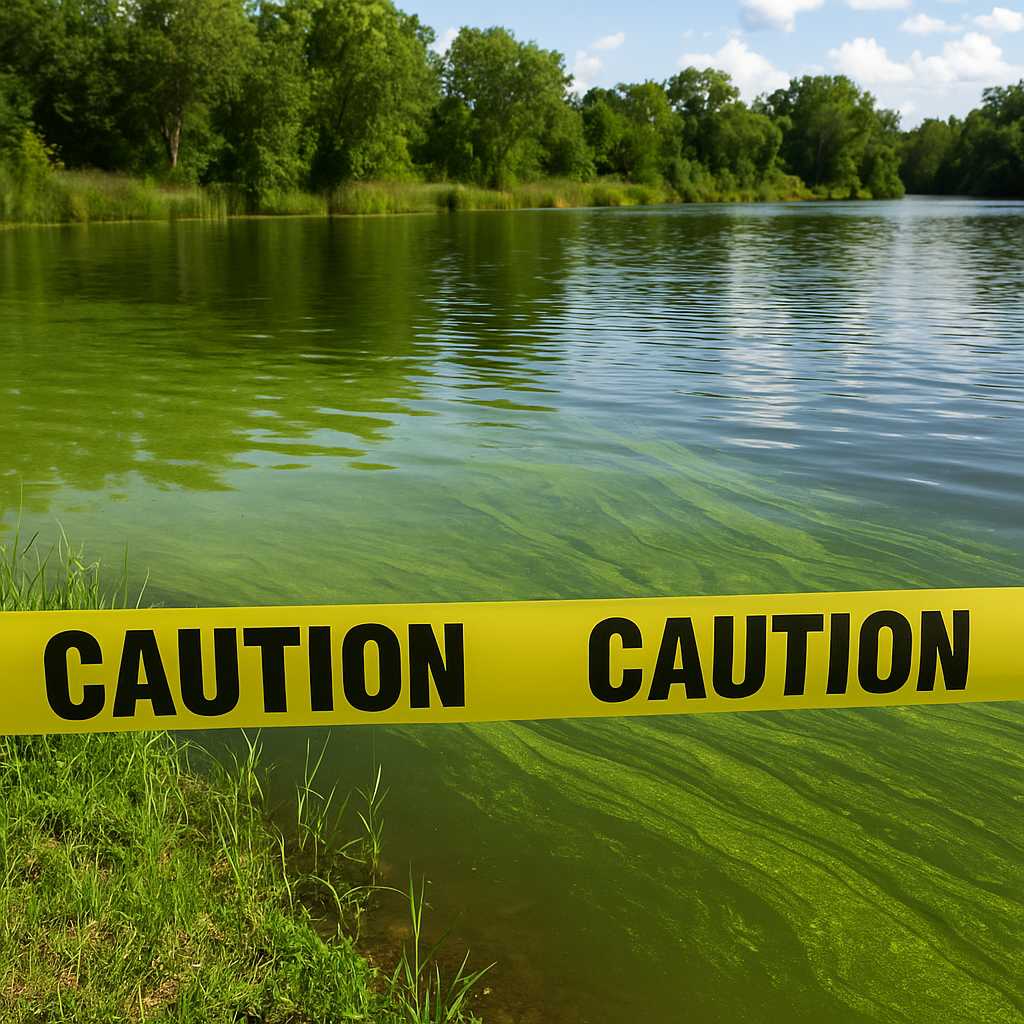Florida’s beautiful waterways are also prone to harmful algal blooms (HABs)—especially in the summer heat. While these blooms are mostly a concern for swimming and boating, they matter to gardeners too, particularly if you live near lakes, rivers, or canals.
Why It Matters for Your Garden
1. Irrigation Safety
If you use lake, pond, or canal water for your garden, check bloom updates first. Even low levels of cyanotoxins can stress plants and are unsafe for rinsing edible crops.
2. Protecting Pets and Wildlife
Runoff from algal bloom-affected water can sicken pets or harm beneficial wildlife like frogs, pollinators, and birds that visit your garden.
3. Better Fertilizer Practices
Algal blooms are often caused by excess nutrients—exactly what can happen if fertilizers or compost teas run off into nearby waterways. Using slow-release organic fertilizers and mulching can help reduce nutrient leaching.
Where to Check Weekly Updates
The Florida Department of Environmental Protection (DEP) posts weekly bloom maps, satellite images, and lab test results. Staying informed helps you protect your garden, pets, and local environment.
Check the weekly update here:
https://floridadep.gov/sec/sec/content/weekly-updates-and-subscription
What You Can Do as a Florida Gardener
Avoid using water from affected areas.
Keep pets and kids away from discolored or greenish water.
Use compost and fertilizers responsibly to keep nutrients out of waterways.
With a little awareness, you can keep your garden thriving—and help protect Florida’s ecosystems.
Check Weekly Updates:
floridadep.gov/sec/sec/content/weekly-updates-and-subscription


